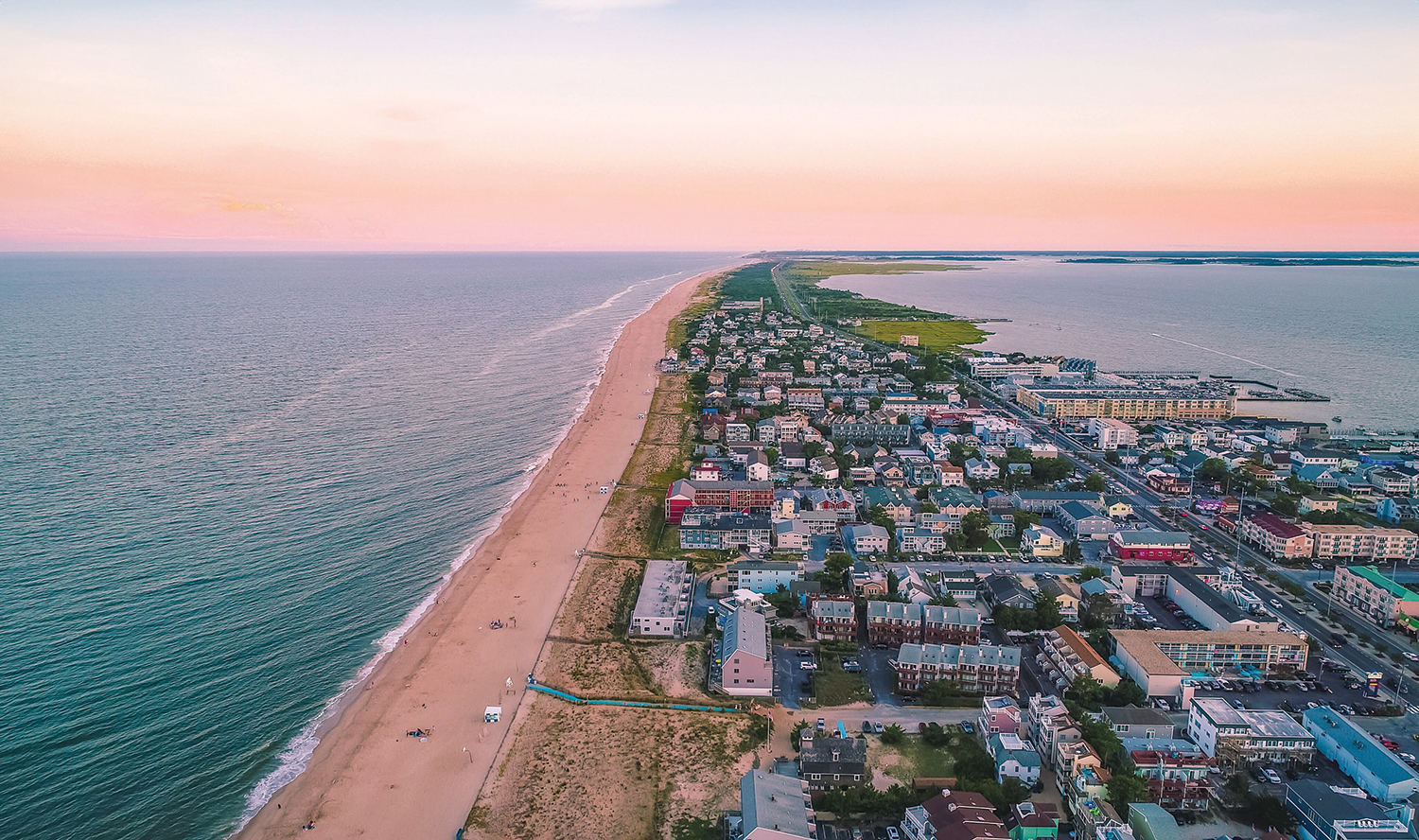In the serene waters of a vast ocean, under the watchful gaze of a shimmering sun, a timeless tale unfolds. The ancient mariners known as sea turtles have navigated the global waters for more than 110 million years, making them one of the oldest living creatures on the planet. Unfortunately, due to human activity and climate change, nearly all sea turtle species are classified as endangered by NOAA (National Oceanic and Atmospheric Administration). In celebration of World Turtle Day (May 23, 2024), let’s take a closer look at four of the common sea turtle species found in the Delaware coastal waters.
Loggerhead Turtle
(scientific name Caretta caretta) Notable for its large head and strong jaws (used for cracking open horseshoe crabs, mussels, clams, and other invertebrates), Loggerhead turtles have two claws on their front flippers and two to three claws on their rear flippers. They can grow to about 3 feet and weigh up to 375 pounds. They are highly sensitive to water temperatures and can become cold-stunned when the waters get between 55 and 59 degrees, so they avoid the cooler waters during migration. Females will travel thousands of miles to lay their eggs on the same sands on which they were born. Loggerhead turtles are endangered in the U.S. due to the destruction of their nesting habitat (largely from coastal development), predation of their nests, human disturbance, and pollution.
Fun fact:
Loggerhead turtles take up to 39 years to reach sexual maturity.
Leatherback Turtle
(scientific name Dermochelys coriacea): The only sea turtle without a hard shell, the Leatherback has an outer layer of tough, rubbery skin strengthened by thousands of bone plates. They have not changed in millions of years and have existed in their current form since the time of the dinosaurs. Leatherbacks can grow up to 6 feet and weigh up to 1,100 pounds. When leatherbacks lay their clutch of eggs (usually around 100), they undergo the longest migration between breeding and feeding, averaging about 3,700 miles each way. Even though they are classified as reptiles, they can maintain warm body temperatures in colder water. The leatherback is considered endangered in the U.S. due primarily to incidental catches, pollution, and human disturbance.
Fun fact
They are the best divers of any sea turtles, plunging to depths of 4,200 feet and able to stay underwater for up to 85 minutes.
Green Sea Turtle:
(scientific name: Chelonia mydas): Perhaps one of the most identifiable sea turtles due to a pair of scales in the front of its eyes, the Green Sea turtle is marked by a small head and a single claw on all its flippers. They grow up to 4 feet (weighing about 400 pounds) and are notable for taking rests below the surface under rocks and ledges to help protect themselves from predators. Young green sea turtles tend to be carnivorous but evolve into herbivores as they age. While the green sea turtle can be found in temperate and tropical waters all over the globe, they are endangered due to commercial harvesting
of their eggs, meat, and leather and incidental catches from commercial shrimping.
Fun fact
The colder the water, the longer they can hold their breath when submerged. Because they are cold-blooded, green sea turtles can hold their breath for hours at a time in the right water climate.
Kemp’s Ridley Turtle
(scientific name Lepidochelys kempii) One of the smallest of the sea turtles found in the area (growing up to 3 feet and about 100 pounds), they are also the rarest and are listed as “the world’s most endangered sea turtle.” Mostly juvenile Kemp’s Ridley turtles can be found in Delaware and other east coast states, while adults usually stay in the Gulf of Mexico in shallow areas with sandy bottoms. There are estimated to be about 7,000 to 9,000 nesting females, but numbers suffer due to human collection of eggs and meat and incidental catching in commercial shrimping.
Fun fact:
The Kemp’s Ridley (named after Florida fisherman Richard Kemp in 1880) is the only species that nests primarily during the day. They also nest in mass, similar to their relative the Olive Ridley.
If you encounter a sea turtle, living or dead, on Delaware beaches, please contact the Marine Education Research and Rehabilitation (MERR) Institute hotline at 302.228.5029. Marine Education Research and Rehabilitation (MERR) Institute provides round-the-clock response to all sea turtles and marine mammals. MERR is a 501(c)(3) organization dedicated to the conservation of marine mammals and sea turtles and their habitat.
Rob Rector has served as naturalist and board member for 20 years, is a certified Protected Species Observer, and leads weekly dolphin observation tours that use citizen science to gather information on our local Bottlenose Dolphin populations.















